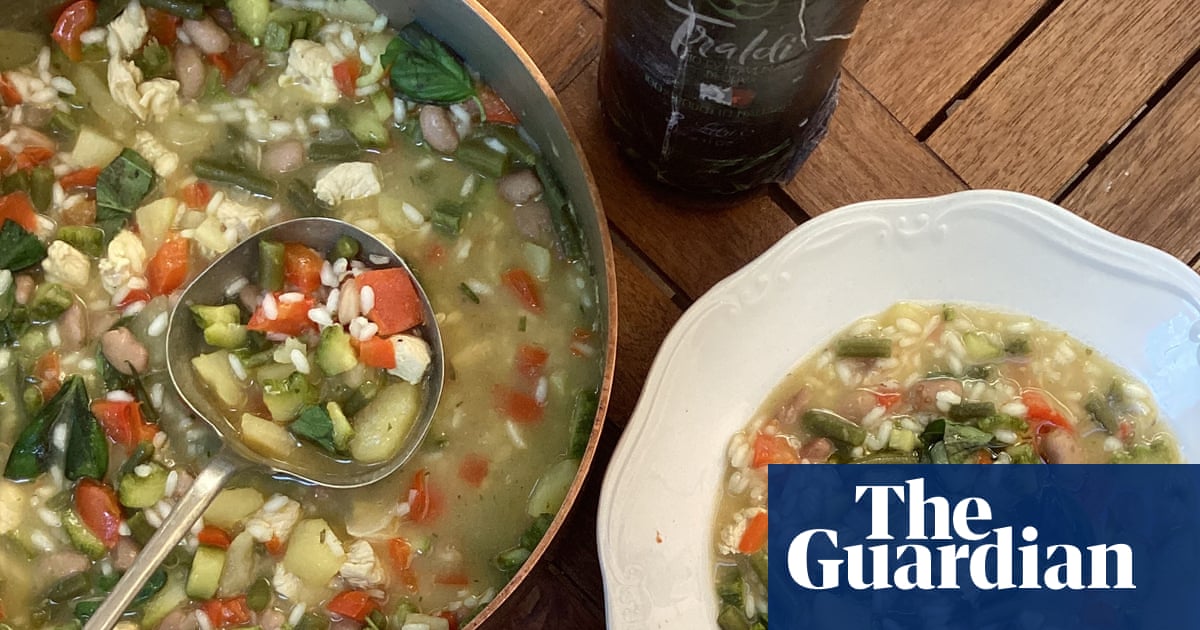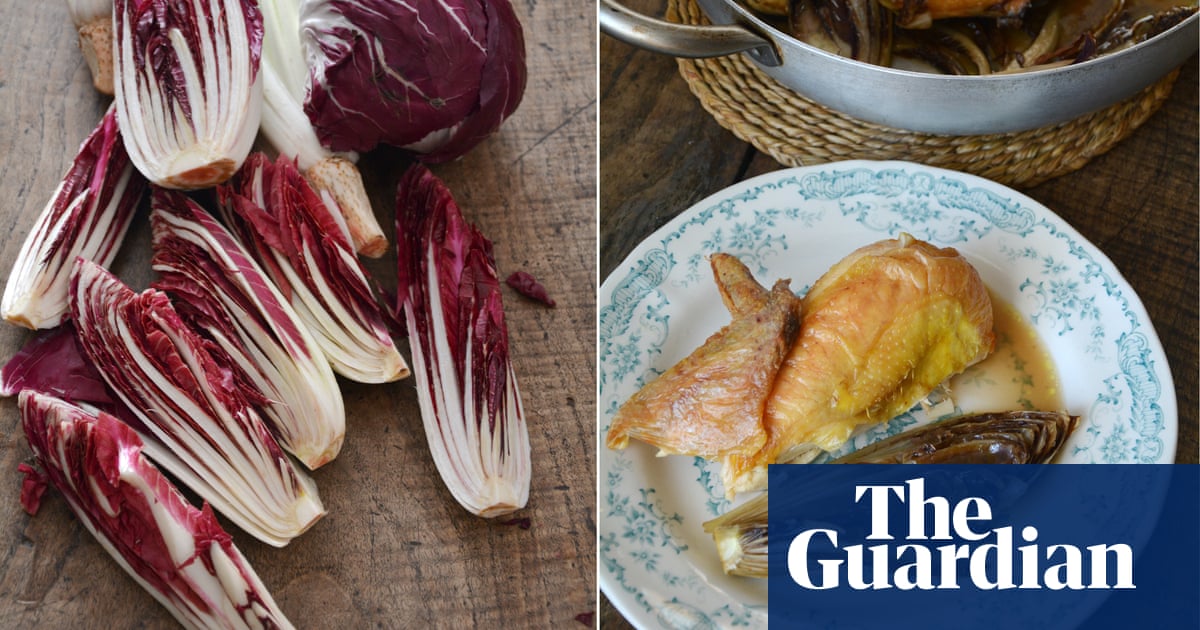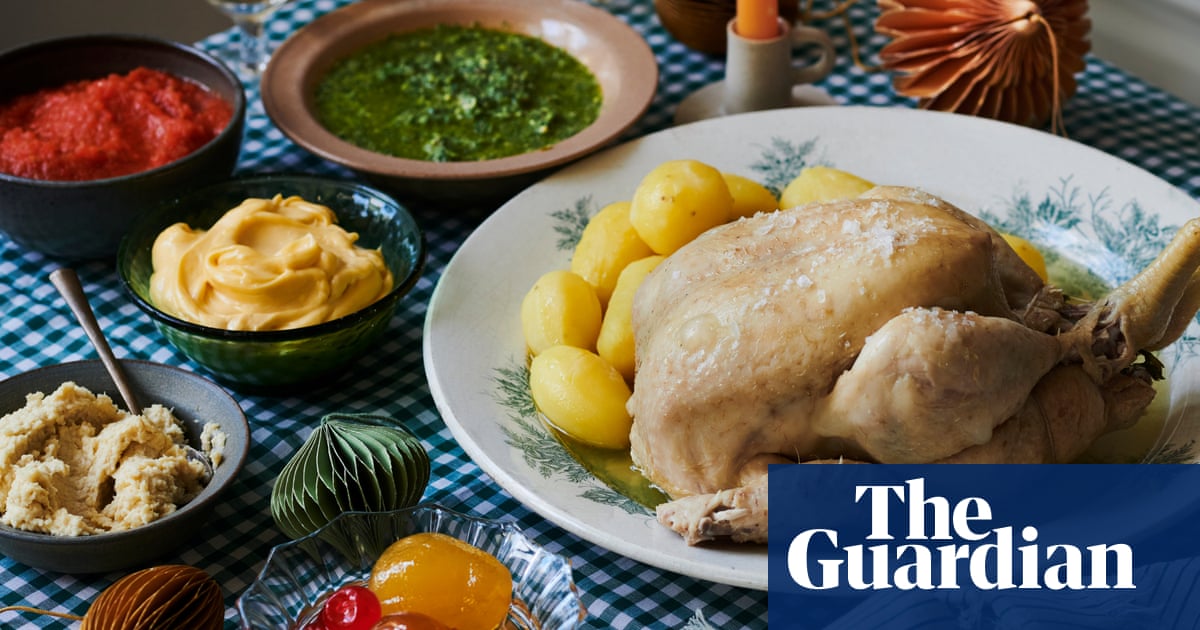
n 1969, Vittorio Avanzini founded a publishing house called Newton Compton Editori in Rome. His mission was to make knowledge accessible to many by combining entertainment and culture, with quality and fair prices. Prolific in the 1970s and 80s, Newton & Compton was “famous” for its paperbacks and large pocketbook editions, as well as a series of bestselling thrillers called Superinsuperabili, or super-unbeatable. Most interesting, though – and why I’m writing this today – is its ongoing series Tradizioni Italiane, which brings together “art, architecture, folklore, proverbs and idioms, culinary tradition, and history in a splendid, low-priced necklace”. In the early 90s, as part of Tradizioni Italiane, Newton Compton Editori commissioned a series of regional cookbooks, each written by a local expert. The result was 27 fat volumes (Lazio, Tuscany, Campania, Emilia Romagna, Liguria and Piemonte each having two volumes) published between 1996 and 2003.
That period of publishing held a mirror up against a huge change for the whole of Italy; that is, the three-year transition period from January 1999 to 28 February 2002, when the Italian lira was phased out and the euro adopted. The transition meant a change for the project, which became a collaboration with a national newspaper that helped distribute the book, but which was also disruptive: the early books are priced in lira, the later ones in euros. Despite what must have been a tremulous period, the series was a successful, brilliant and detailed catalogue of Italian regional cooking, documenting its staggering breadth, diversity, common threads, and goodness.
La Cucina Ligure was the second of the series, published in 1996 when it cost 30,000 lira. It is a different quality from the later books, the pages thicker and smoother, and it’s filled with the most glorious Ligurian recipes, or, as a friend from Genoa remarked, “verdant food”. This week’s recipe, on page 214, is for Pollo alla moda del Tigullio (Tigullio being a traditional region and a gulf in the metropolitan city of Genova, and taking its name from an ancient Ligurian tribe). I am translating the recipe as braised chicken with pesto, though my son calls it “green pollo”.
As you can imagine, La Cucina Ligure is extremely specific about how to make the greenest and best-pounded sauce, pesto alla Genovese. That is, rigorously in a mortar, using tender, small-leaved local basil, rich but delicate Ligurian oil and Sardinian pecorino. The recipe is also mildly accommodating for those of us who can’t find those ingredients and who love a food processor; it is less specific about cooking the chicken, so I improvised.
The recipe suggests that you let the dish sit for up to two hours, then serve it at room temperature. I like it after about 20 minutes, so no longer hot, but still warm enough that the scent of the basil is wide awake and swirling around in its Superinsuperabili way. It is a splendid dish.
Chicken with pesto
Serves 4
1 chicken (about 1.6 kg), cut into 12 pieces
200g flour, seasoned with salt and pepper
4 tbsp butter
4 tbsp olive oil
200ml white wine
200ml warm salted water
1 garlic clove, peeled
1 pinch salt
1 heaped tbsp pine nuts
45 basil leaves
30g pecorino, grated
30g parmesan, grated
6-8 tbsp olive oil
Toss the chicken pieces in seasoned flour. In a large frying pan, warm the butter and olive oil, then brown the chicken, starting skin side down, until nicely coloured on all sides.
Add the wine to the pan, leave to sizzle, then turn down the heat, add the water and leave to bubble for 40-50 minutes, turning the chicken pieces regularly.
Meanwhile, make the pesto. If you are working with a pestle and mortar, start with the garlic and salt, then add the pine nuts and basil and, once they are reduced to a cream, stir in the oil and cheese. If you are working in a food processor, blitz the garlic, salt, pine nuts, basil and oil and, once the mix is a consistency you like, stir in the cheese.
Once the chicken is tender, with just a little sauce left in the pan, lift it out on to a serving plate. Spoon over the pesto, toss gently and leave to sit for 15-20 minutes (and up to two hours) before serving.












